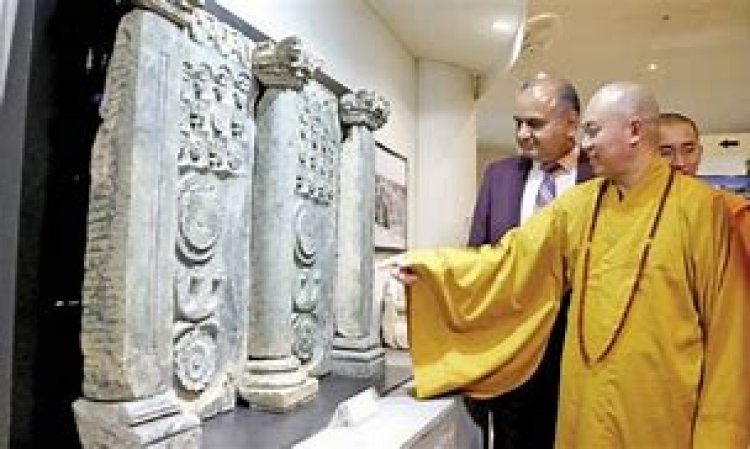The Gandhara Civilization: A Cultural and Tourism Legacy
Gandhara civilization, a rich cultural heritage of Pakistan, attracts tourists from around the world.

![]()
The Gandhara civilization, which flourished in what is now modern-day Pakistan and Afghanistan from the 6th century BCE to the 5th century CE, has had a significant impact on Pakistan's cultural heritage and tourism industry.
Cultural Heritage
The Gandhara civilization was renowned for its unique blend of Greco-Buddhist art and architecture. The region served as an important center for Buddhist learning and artistic expression, producing intricate sculptures and reliefs that combined Hellenistic and Indian artistic traditions. These artifacts and architectural remnants are considered valuable cultural heritage, attracting scholars, historians, and art enthusiasts from around the world.
Tourism
The presence of Gandhara heritage sites has made Pakistan an attractive destination for tourists interested in exploring ancient civilizations. Cities like Taxila, Peshawar, and Swat Valley, which were once important centers of the Gandhara civilization, are now popular tourist destinations. Tourists visit these sites to witness the ancient Buddhist monasteries, stupas, and statues that reflect the influence of Greek and Central Asian cultures. The ruins of ancient cities, such as Takht-i-Bahi and the Butkara Stupa, also draw significant attention.
Economic Impact
The tourism industry benefits from the influx of visitors interested in exploring Gandhara heritage sites. Increased tourism contributes to the local economy through revenue generated from accommodation, transportation, food, and souvenir sales. It also creates employment opportunities for the local population, especially in the hospitality and tourism sectors.
Promotion of Cultural Exchange
The Gandhara civilization has served as a platform for cultural exchange between Pakistan and other countries. International scholars and experts visit the region to study and document its historical significance, leading to collaborations, research projects, and publications that promote cultural understanding and appreciation. It also fosters connections between the people of Pakistan and those interested in the Gandhara heritage.
Preservation Efforts
The significance of Gandhara heritage has spurred efforts for its preservation and restoration. The Pakistani government, in collaboration with international organizations and experts, works to safeguard these sites, prevent illegal excavation and looting, and promote responsible tourism practices. Conservation initiatives help protect the cultural heritage and ensure its availability for future generations.
Conclusion
Overall, the Gandhara civilization has left a lasting impact on Pakistan, both in terms of cultural heritage and tourism. The presence of Gandhara sites attracts tourists, promotes cultural exchange, contributes to the local economy, and fosters a sense of pride and identity among the Pakistani population.








